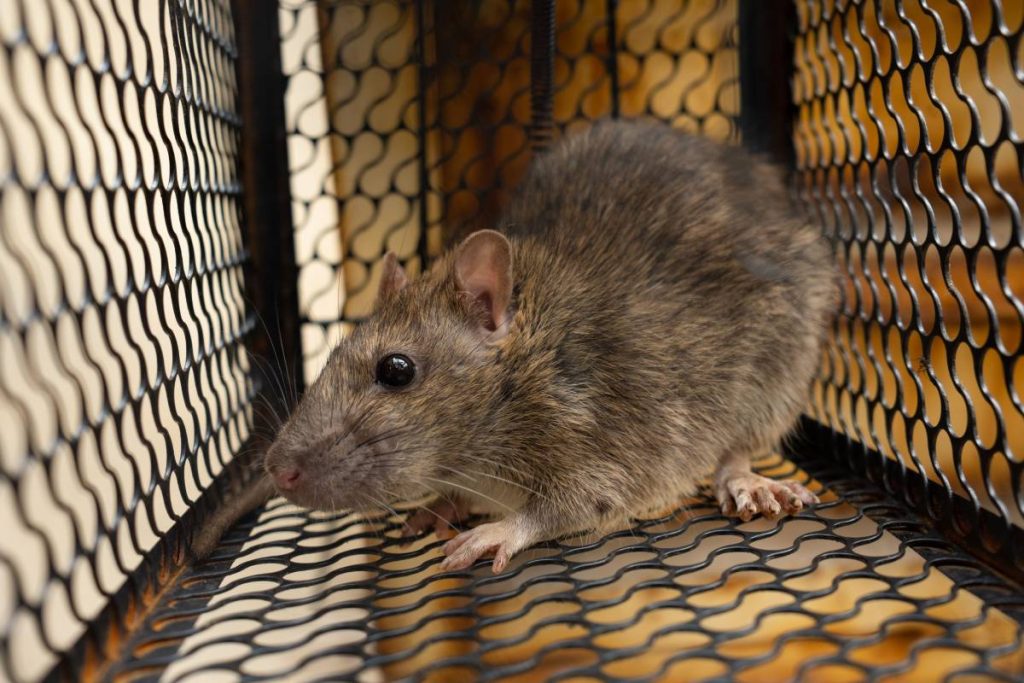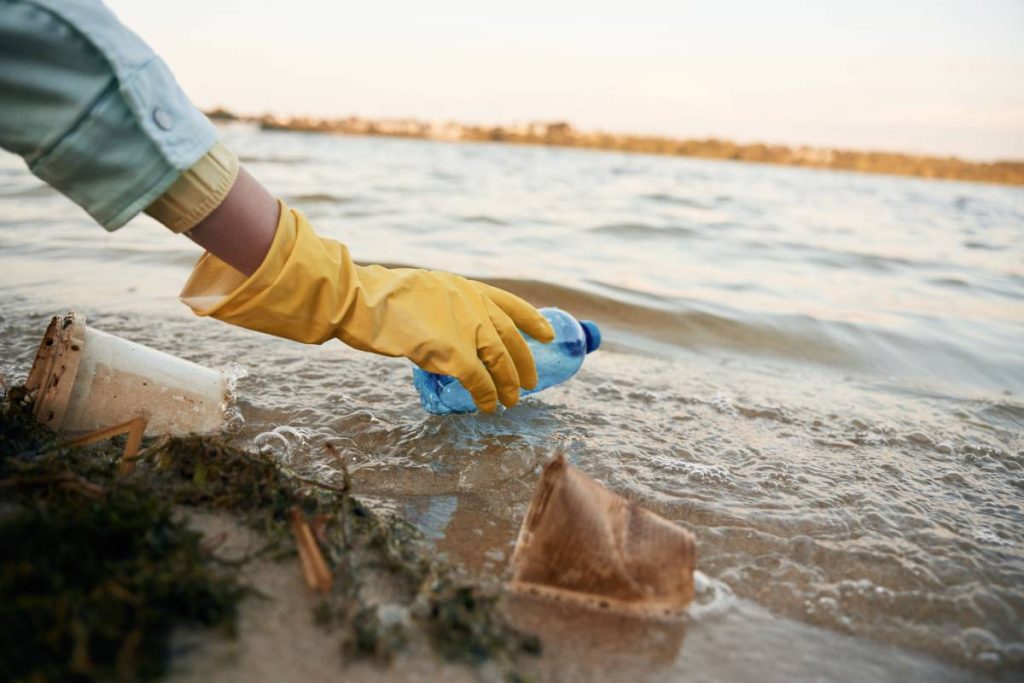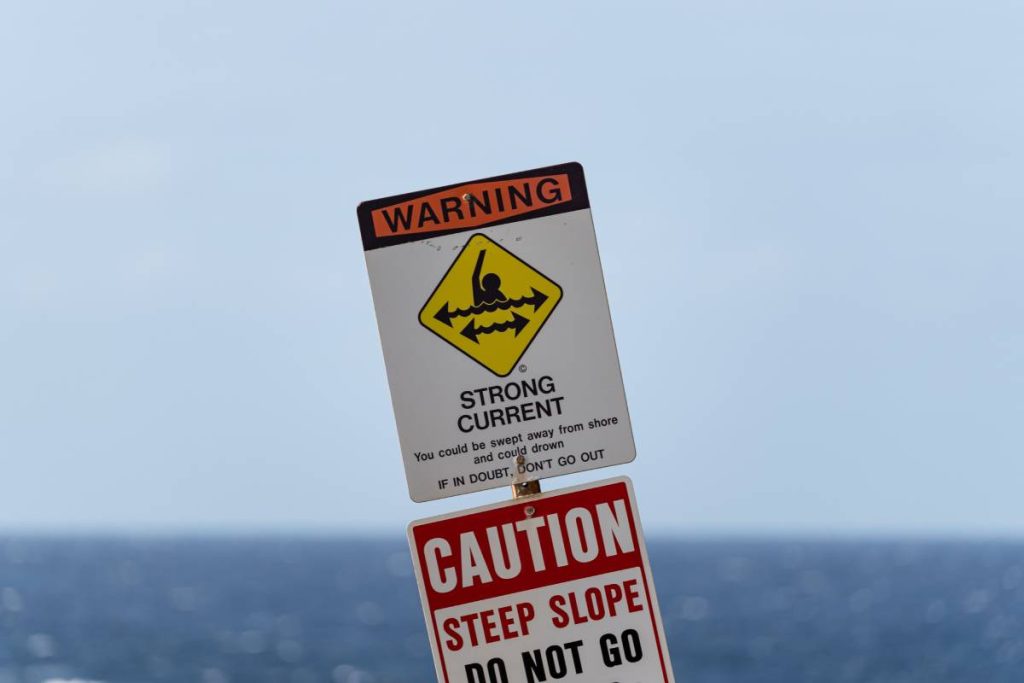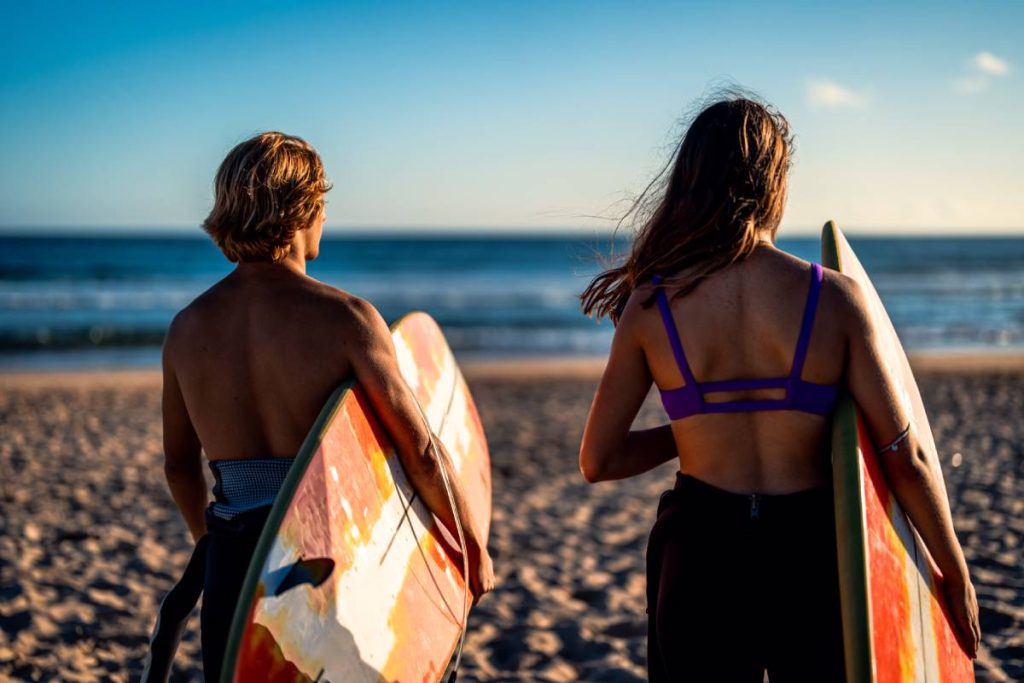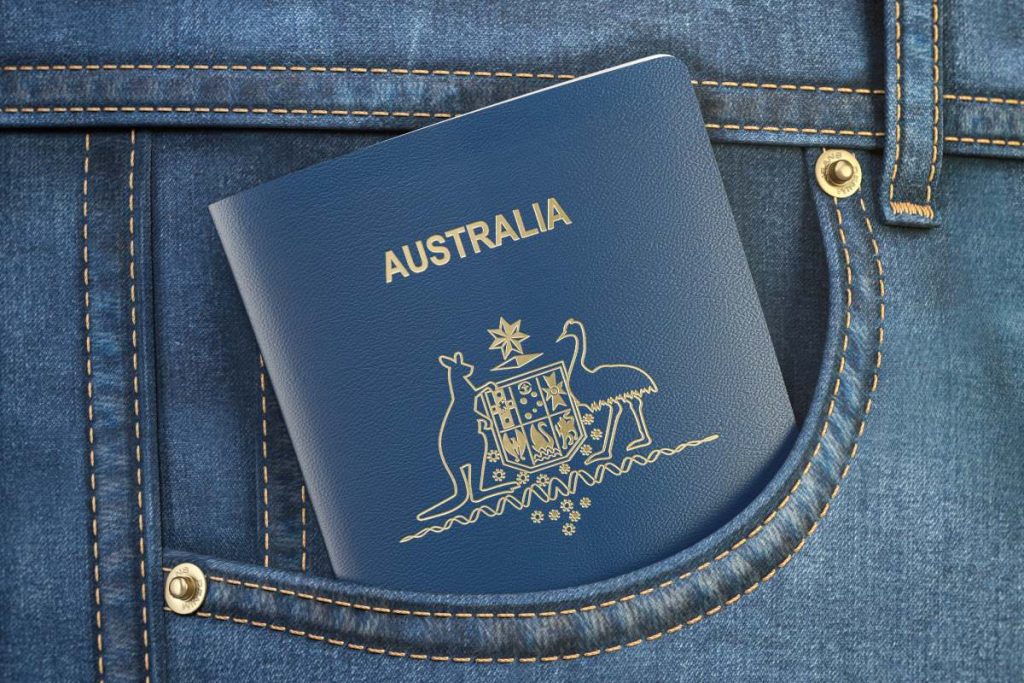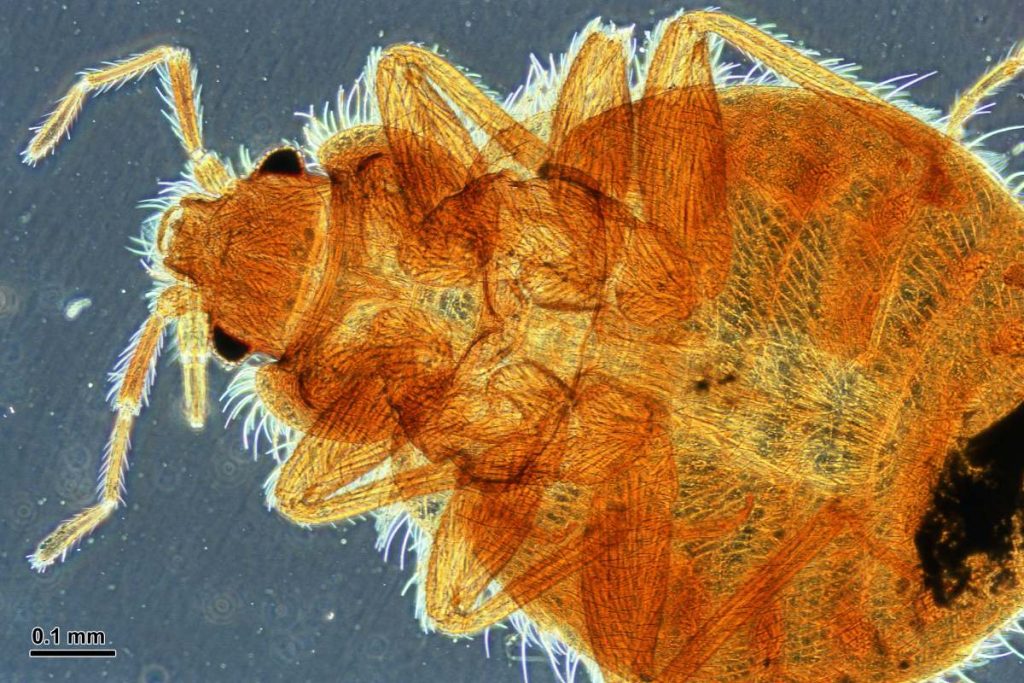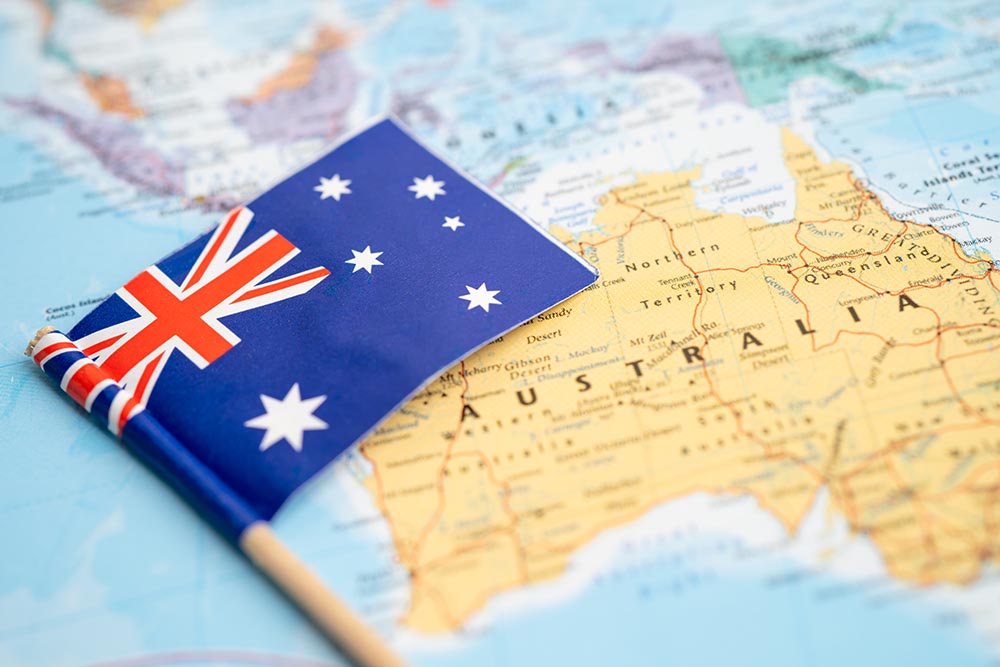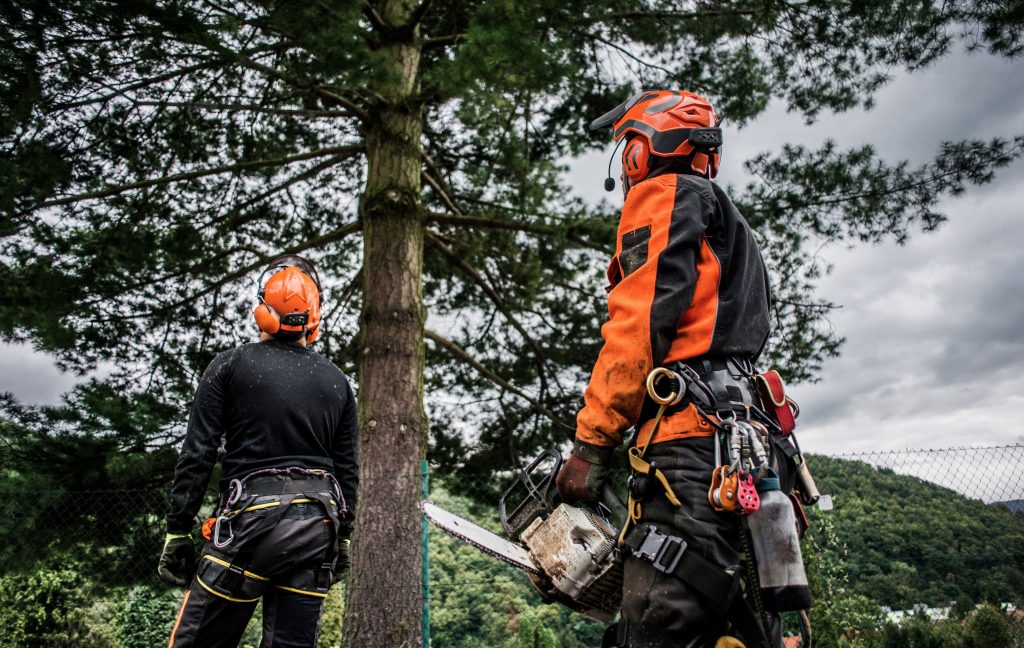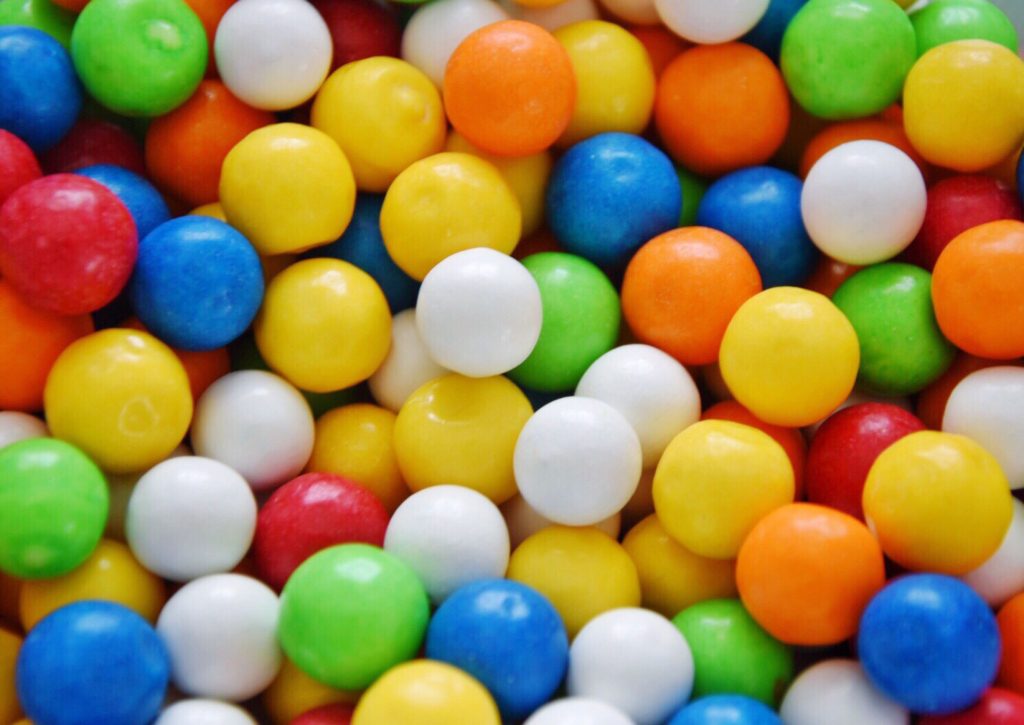Australia’s Beautiful Yet Dangerous Seas: Risks and Precautions
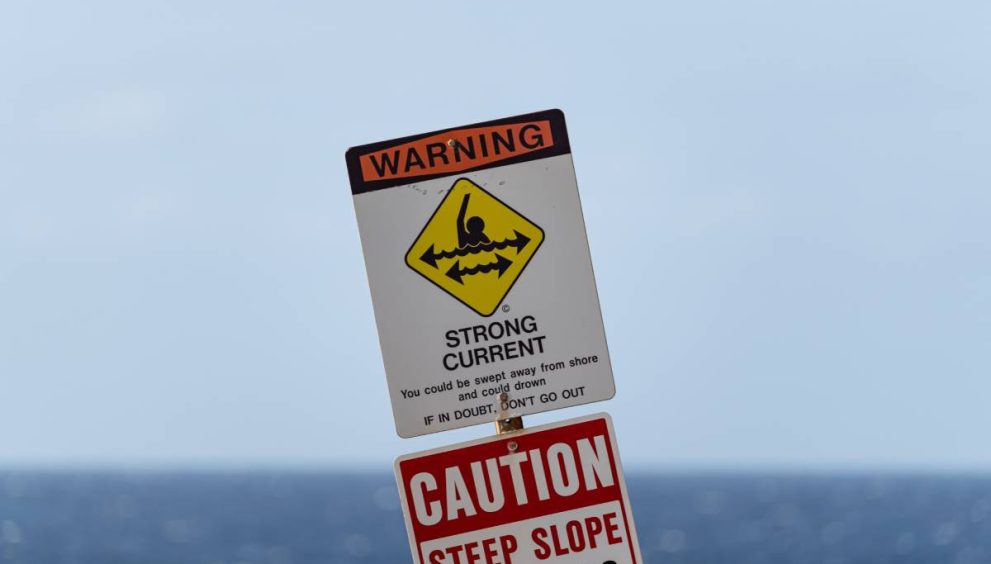
Australia’s coastlines are iconic for their beauty, attracting countless visitors annually to enjoy the sun, surf, and sea. However, beneath the allure of the beaches lies a more dangerous reality for swimmers. The powerful ocean currents, such as rip tides, pose a significant risk to those unaware of their strength.
Additionally, venomous creatures like box jellyfish, stonefish, and sea snakes can turn a serene swim into a life-threatening experience. Unpredictable weather, including sudden storms or changes in ocean conditions, further complicates the situation.
Areas like Fraser Island, northern Queensland, and parts of the Northern Territory are known to have high risks for marine life encounters and strong currents. While Australia offers some of the most beautiful beaches in the world, it is crucial for swimmers and beachgoers to be informed, cautious, and always heed local warnings.
Why Are the Seas in Australia Dangerous?
Australia is known for its beautiful beaches and vibrant marine life, attracting millions of tourists each year. From the Great Barrier Reef to Bondi Beach, the country’s coastlines are stunning.
However, the seas around Australia can also be dangerous due to powerful currents, unpredictable weather, and lethal marine creatures. This article will explore why Australia’s seas are considered dangerous, where not to swim, and the deadliest sea creatures beneath the surface.
Unpredictable Ocean Currents
One of the main dangers in Australian seas is powerful, unpredictable rip currents. These fast-moving channels of water pull swimmers and surfers out to deeper waters, even on calm days.
Popular beaches like Bondi Beach and Surfers Paradise are known for these dangerous currents. Surfers, in particular, should be cautious when paddling in these areas. Swimmers and surfers caught in a rip current should stay calm and swim or paddle parallel to the shore to escape its grip.
Why Rip Currents Are Dangerous:
- They move at speeds of up to 3 meters per second, much faster than the average swimmer.
- They can take swimmers far offshore, away from safety.
- They often form in areas where the waves are breaking, making them hard to detect.
Sharks and Other Dangerous Sea Creatures
Australia’s waters are home to some of the deadliest sea creatures, making swimming in the seas a hazardous activity. From venomous jellyfish to sharks, marine life in Australia can pose significant risks.
Sharks
Shark attacks in Australia are rare but still a concern, with species like the Great White, Bull, and Tiger Shark being the most dangerous. These sharks are often found in coastal waters, and attacks have occurred off the coasts of New South Wales, Western Australia, and South Australia.
Sharks are most active at dawn and dusk. While encounters are unlikely, swimmers should be cautious and avoid areas with shark sightings. Many Australian beaches use shark nets and drum lines, though these measures aren’t foolproof.
Jellyfish
Jellyfish, especially the Box Jellyfish and Irukandji, pose a serious threat to swimmers in Australia, particularly in warmer months. The Box Jellyfish, found along the northern coast, is one of the most venomous creatures, with toxins that can cause paralysis and death in minutes.
The smaller Irukandji, found in Queensland, can cause severe pain, nausea, and even death. During jellyfish season (November to May), northern Australian beaches use stinger nets and advise swimmers to wear protective suits to reduce the risk of stings.
How to Stay Safe from Sharks and Jellyfish:
- Swim at patrolled beaches where lifeguards are present.
- Follow local safety warnings and adhere to posted signs indicating shark sightings or jellyfish dangers.
- Wear protective clothing, such as a stinger suit, when swimming in areas known for jellyfish.
- Avoid swimming at dusk or dawn when sharks are most active.
Unpredictable Weather and Storms
Australia’s weather can change quickly, especially along the coast. Thunderstorms, high winds, and sudden shifts in sea conditions can make swimming dangerous. Cyclones and tropical storms are common in the north, creating powerful waves and hazardous conditions.
Swimmers caught in bad weather may struggle to reach shore due to strong winds and choppy waters, which can also become murky, hiding underwater hazards like rocks or marine life.
How Weather Affects Safety:
- Sudden storms can cause rough seas and dangerous conditions.
- Lightning strikes can occur over the water, posing a significant risk.
- High winds can push swimmers further out to sea, making it harder to return to shore.
Where Not to Swim in Australia
While the vast majority of Australian beaches are safe for swimming, there are certain areas where it is better to avoid swimming due to the high risk of marine dangers or strong currents. Some of these areas include:
Fraser Island, Queensland
Fraser Island is a popular tourist destination, but its waters can be dangerous due to strong currents and the presence of large sharks. In addition, the area is home to the deadly Box Jellyfish during the jellyfish season.
Byron Bay, New South Wales
Byron Bay is known for its beautiful beaches and popular surf spots, but the area is also famous for its strong rip currents. Swimmers should be cautious and swim at patrolled beaches to avoid accidents.
Port Phillip Bay, Victoria
While Port Phillip Bay is a popular area for swimming, it is also home to several species of sharks, including the Great White Shark. The bay is also known for its strong tides, which can create dangerous conditions for swimmers.
Great Barrier Reef, Queensland
The Great Barrier Reef is an iconic location for snorkelers and divers, but the waters around the reef can be dangerous, especially when it comes to the presence of crocodiles and jellyfish. Additionally, strong currents in certain areas can make swimming hazardous.
What Is the Deadliest Sea Creature in Australia?
Australia is home to several deadly sea creatures, but arguably the most dangerous is the Box Jellyfish. This jellyfish is considered the most venomous creature in the world, with toxins that can cause paralysis and heart failure.
The sting from a Box Jellyfish can be fatal within minutes, making it an extreme threat to swimmers in northern Australia. Other deadly creatures in Australian waters include the Irukandji jellyfish, sharks, and saltwater crocodiles.
Conclusion
While Australia’s seas offer some of the most beautiful and inviting coastal environments in the world, they can also be extremely dangerous. Strong currents, deadly marine life, and unpredictable weather conditions all contribute to the risks faced by swimmers.
It’s crucial for anyone planning to swim in Australian waters to be aware of these dangers and take appropriate precautions, such as swimming at patrolled beaches, avoiding risky areas, and following local safety warnings.
By respecting the power and unpredictability of the ocean, visitors can enjoy the beauty of Australia’s coastlines while minimizing the risks associated with swimming.

 English
English 
















